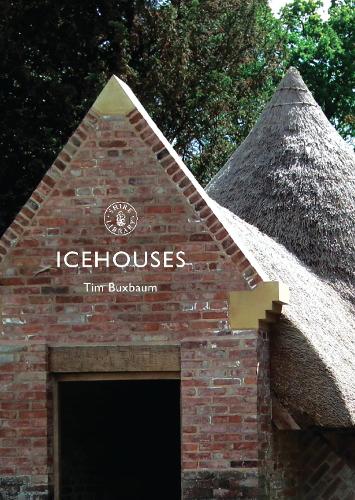
Icehouses
(Paperback)
Publishing Details
Icehouses
By (Author) Tim Buxbaum
Bloomsbury Publishing PLC
Shire Publications
10th May 2014
United Kingdom
Classifications
General
Non Fiction
Social and cultural history
728.9
Physical Properties
Paperback
56
Width 144mm, Height 208mm, Spine 8mm
140g
Description
Often hidden away or incorporated into other architectural features, icehouses are a largely forgotten part of our heritage. As winters warmed through the nineteenth century, and supplies of natural ice declined, the development of artificial refrigeration made redundant these curious buildings often status symbols in themselves which had been designed to store winter snow and ice into the summer. Icehouses allowed perishables to be preserved, chilled delicacies to be enjoyed, and fevers to be relieved and on a commercial scale they fed an international trade that carried snow from mountain peaks and ice from frozen lakes to supply the needs of industry, markets and householders. In this illustrated introduction, Tim Buxbaum explains how icehouses developed; how, when and where they were built; and how they operated, including a chapter on icehouses from around the world.
Author Bio
Tim Buxbaum is a chartered architect in private practice in Suffolk. This book stems from his interest in garden architecture, which is reflected in his other publications, Scottish Garden Buildings, From Food to Folly, and, for Shire Publications, Scottish Doocots and Pargeting.
